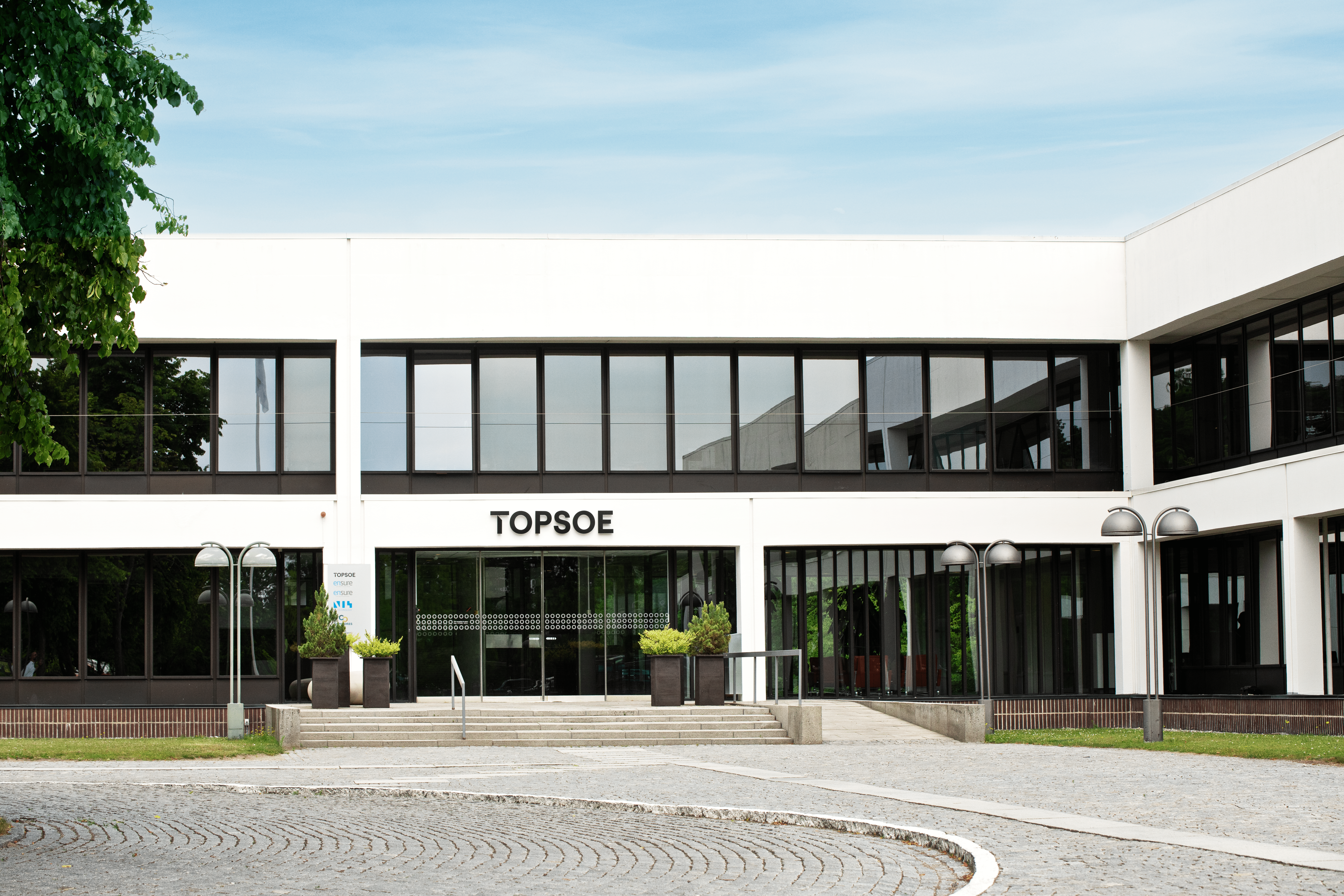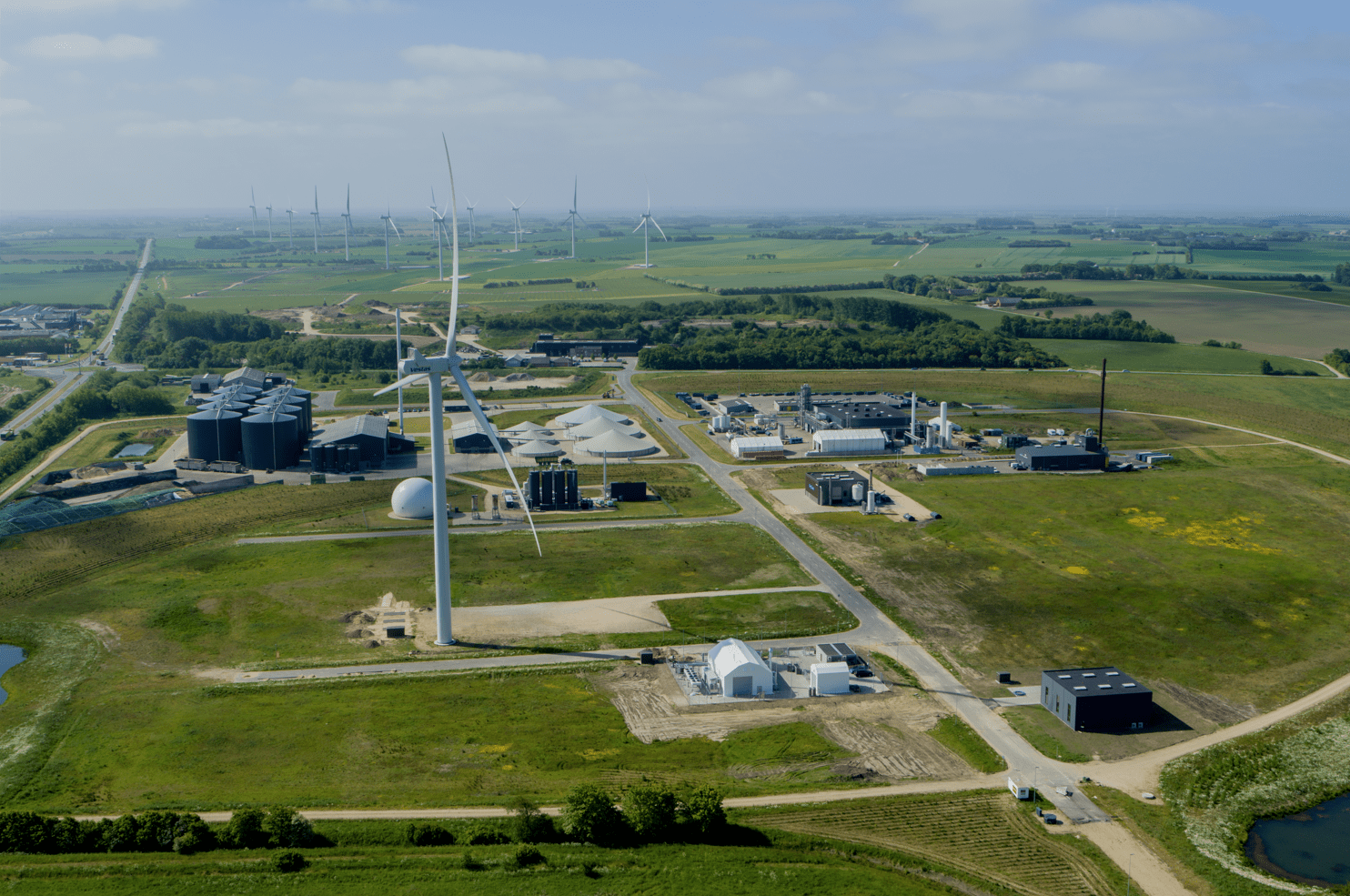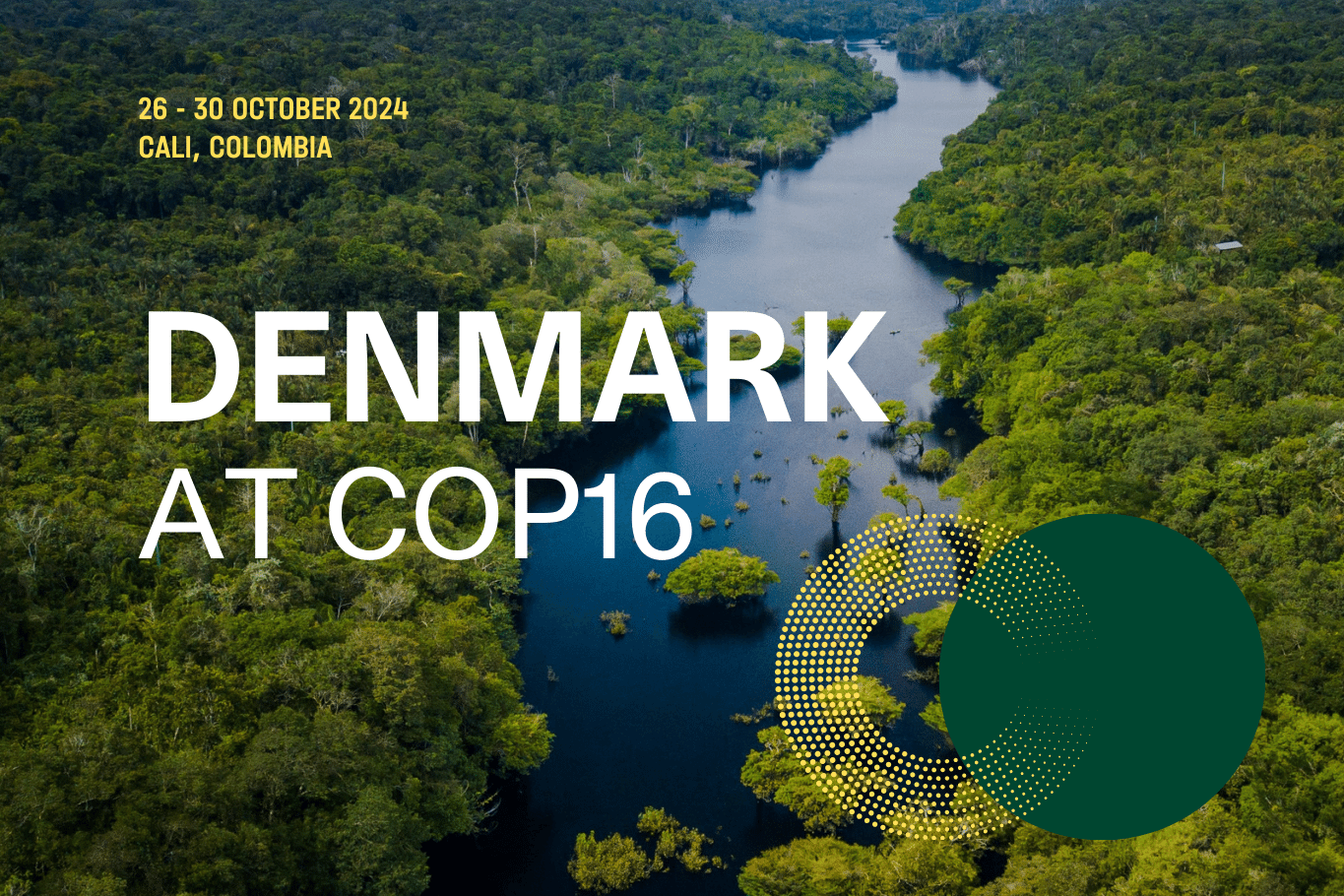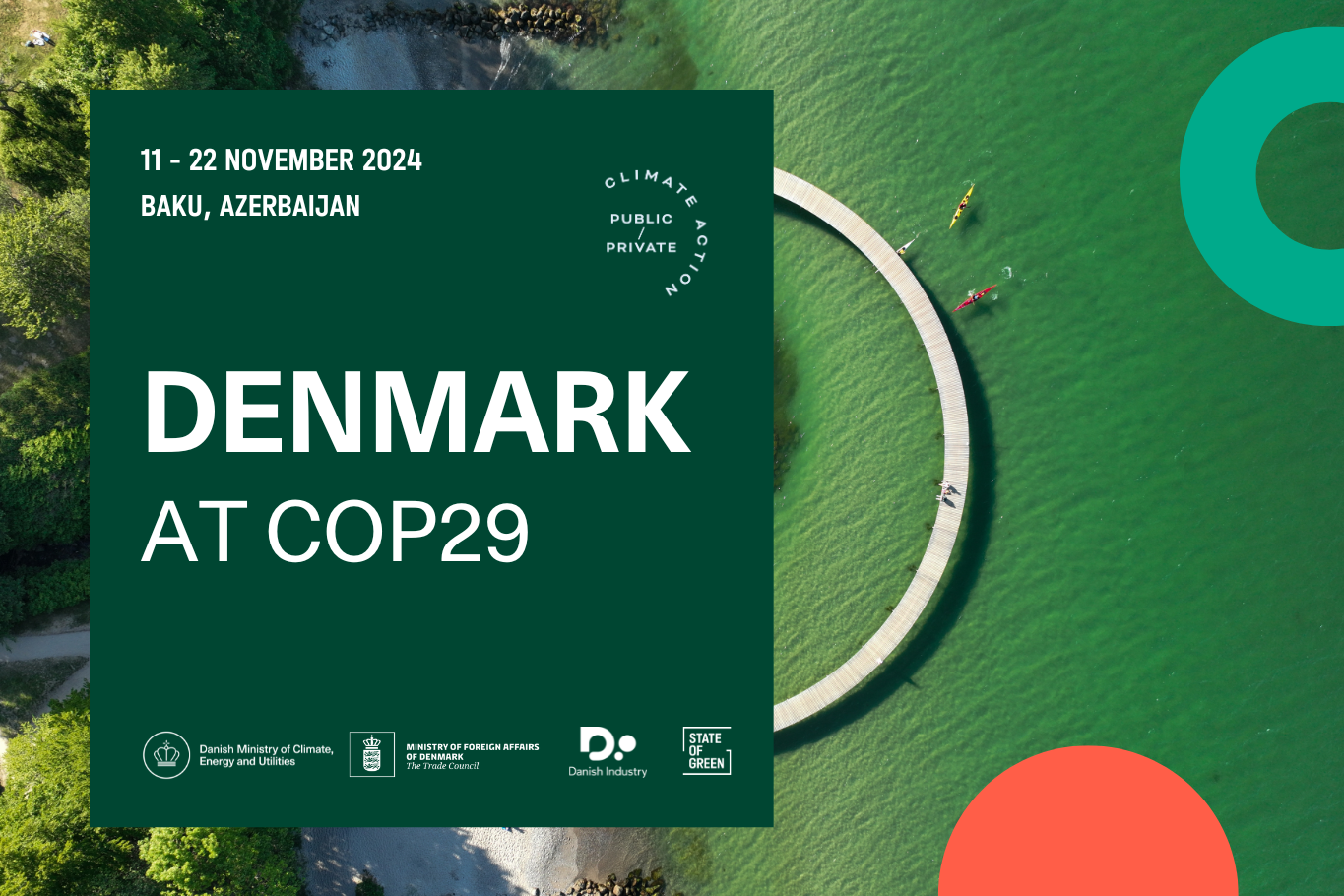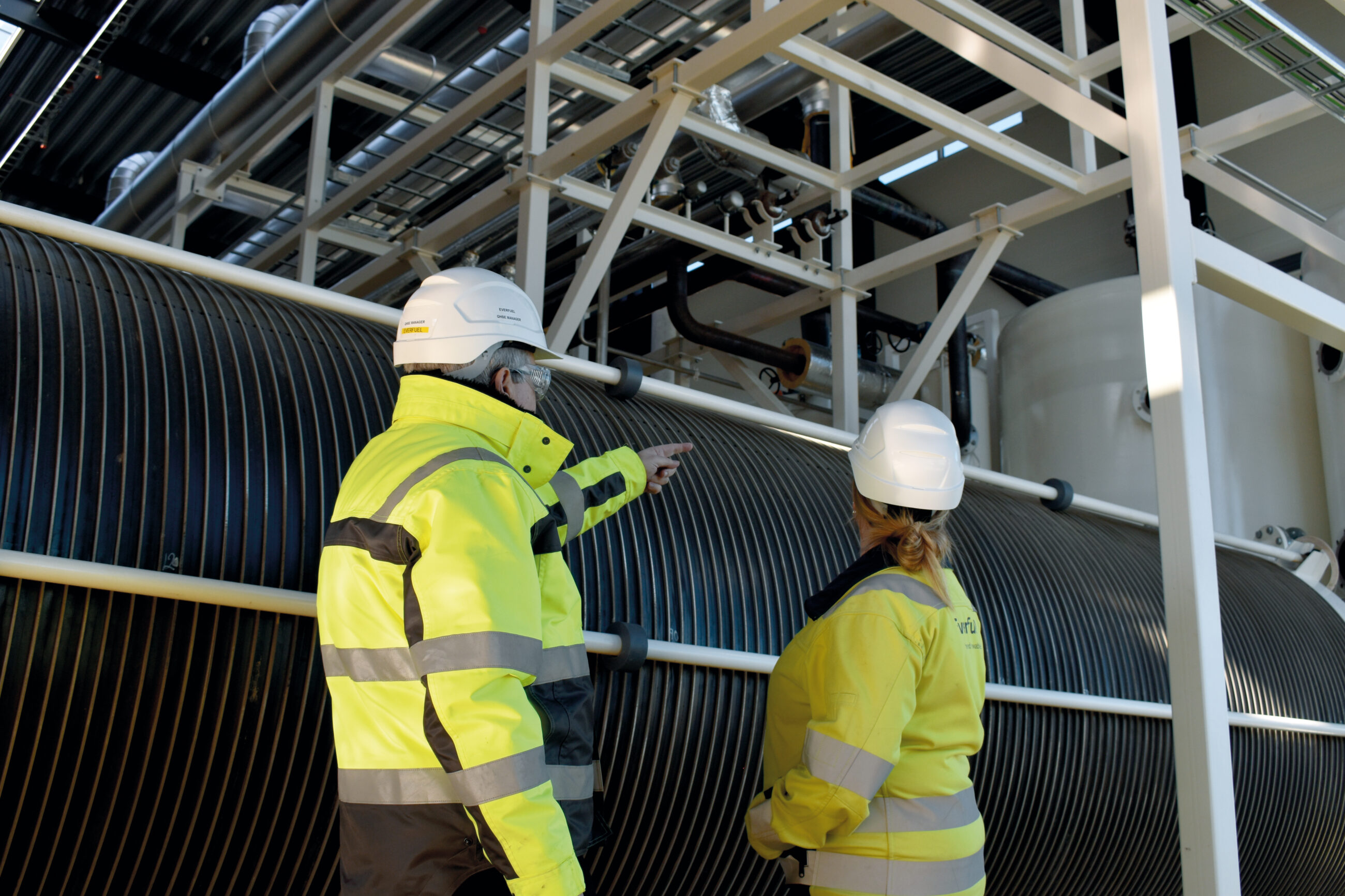News
New Danish test zones show the way for European energy transition


The Danish Government has designated two Danish companies as official regulatory energy test zones: the clean energy industrial cluster “GreenLab” and Siemens Gamesa’s Brande Hydrogen project. The test zones seek to bring Denmark one step closer to solving one of the biggest challenges in the green energy transition: the integration of unprecedented amounts of renewable energy into the energy system. Insights will be valuable for all of Europe's green transition, including clean energy storage, green fuels, agriculture and industry.
On 5 May 2021, the Danish Energy Agency has granted GreenLab and Siemens Gamesa’s Brande Hydrogen project status as official regulatory test zones.
GreenLab is a 600,000m2 green industrial energy park, which is located outside Skive on the Danish peninsula of Jutland. In a regulatory test zone, the authorities allow activities to operate outside the existing electricity regulations. The test zone will enable Greenlab and the green companies that share each other's surplus energy in GreenLab's park through a SymbiosisNet™ to explore new energy solutions. Going forward, GreenLab will be able to test new innovative business models and new technologies that have so far encountered barriers under the current electricity regulations. The idea is that new industrial parks can set up joint energy production and consumption without negatively affecting the existing collective energy network.
“GreenLab’s test zone is one of a kind in the sense that GreenLab integrates energy production, industry, agriculture, pyrolysis and Power-to-X in one platform. Ideally, the test zone will be a proof of concept which can be replicated to even bigger scale. We believe similar industrial energy parks should be established across not just Denmark, but across Europe. Looking ahead, the aim is for GreenLab to be a model for the future design of the energy system. The test zone permit is historic because never before has Danish energy authorities granted a similar permission", says Christopher Sorensen, CEO, GreenLab.
Related news: Denmark funds new Power-to-X flagship projects
Producing green hydrogen without connection to the grid
Siemens Gamesa’s Brande Hydrogen project couples an existing onshore 3 MW wind turbine with a Green Hydrogen Systems electrolyzer stack, with the possibility to produce green hydrogen in ‘island mode’, that is, without any connection to the grid. The green hydrogen fuel produced is then distributed by Danish company Everfuel to power Copenhagen’s fuel cell taxi fleet. Siemens Gamesa is also using the project to explore whether integrating new battery technology as an upgrade to the co-located turbine and electrolyzer can contribute to grid stability and help address issues around the variability of wind. The battery, turbine and electrolyzer setup has the potential to enable the production of industrial-scale volumes of green hydrogen in the near term and innovations and learnings from the test site will be utilized to build use cases for larger-scale green hydrogen production.
“We intend to pioneer the effort to replace oil and gas with green hydrogen. To enable this transition, green hydrogen must be scaled significantly both onshore and offshore and this requires that we research solutions that can significantly bring down the cost of green hydrogen in large volumes. With the historic decision by the Danish government to grant Brande Brint a regulatory test-zone, we can now research how to develop an island-mode capable system of offshore hydrogen production at turbine level. The end-goal is to have each individual turbine-electrolyzer system to be capable of producing hydrogen independently of a grid connection. It is the frontier of hydrogen innovation we will pursue here at our Danish test site. This bold move is an important step in securing Denmark a leading position in the coming PtX-based energy transition,” says Poul Skjærbæk, Chief Innovation and Product Officer, Siemens Gamesa.
Renewable energy production installed close to consumption
In essence, GreenLab’s model connects renewable energy production directly with consumption. To exchange and balance the usage cycles, the future energy production should be installed close to consumption, just as new consumption should be established close to shared processes. This is the recipe for relieving the electricity grid of the large amounts of electricity that the green transition inevitably requires. Vestas will provide wind turbines directly connected to the GreenLab site and can attest to the lucrative opportunity of organizing wind farms close to industrial landing zones for excess energy:
The learnings from the new test zone will also play an important role in Europe’s expansion of green hydrogen. GreenLab can balance the grid in relatively large volumes applying its SymbiosisNet™ distribution system, either to direct industrial consumption, conversion into green hydrogen and power-to-x products or other means of storage.
Related news: Power-to-X: a Swiss army knife in the green transition
Green Hydrogen Systems is a partner to both GreenLab and Brande Hydrogen and excited about the new opportunities: “At Green Hydrogen Systems, we design and manufacture modular electrolysers for the production of green hydrogen, solely based on renewable energy. Its high energy density and efficient storage possibilities makes green hydrogen fundamental in decarbonising hard to electrify sectors like industry, heavy transportation and buildings and reaching net-zero emission society in 2050. However, to fully realise its potential and achieve the necessary scale, we must lower the levelised cost of hydrogen towards cost parity with fossil fuels. The test zones at GreenLab and Brande Hydrogen as well as the access to large and stable amounts of traceable renewable energy at a competitive price will be a cornerstone of this endeavour,” says Sebastian Koks Andreassen, CEO, Green Hydrogen Systems.
Another project partner is Lhyfe – a hydrogen production company based in France: “Lhyfe’s motto is to make greener and cheaper hydrogen. In that sense, the direct connection to renewable energy is intuitively the straightest way to achieve this. The project is a large-scale demonstration to everyone that it is feasible today not tomorrow. Lhyfe is glad to share its know-how and be a part of this world class project,” says Matthieu Guesne, CEO, Lhyfe.
A landmark for Europe's path to climate neutrality by 2050
One of the biggest challenges in the green transition is the congestion of our energy infrastructure. This makes testing of operational models in an experimental zone extremely important. Currently, the electricity grid does not have the capacity to accommodate all the green power we need to electrify our society. As part of the European Green Deal, Europe must be climate-neutral by 2050, and this will require massive expansion of renewable energy across Europe. We need a lot of green electricity to convert society to green consumption: cars, buses and trains need to be electrified; both industry and agriculture must be supplied by green, alternative energy sources; and our homes must transition to a carbon neutral sources for heating and cooling.
Find more facts about regulatory test zones here (in Danish).
